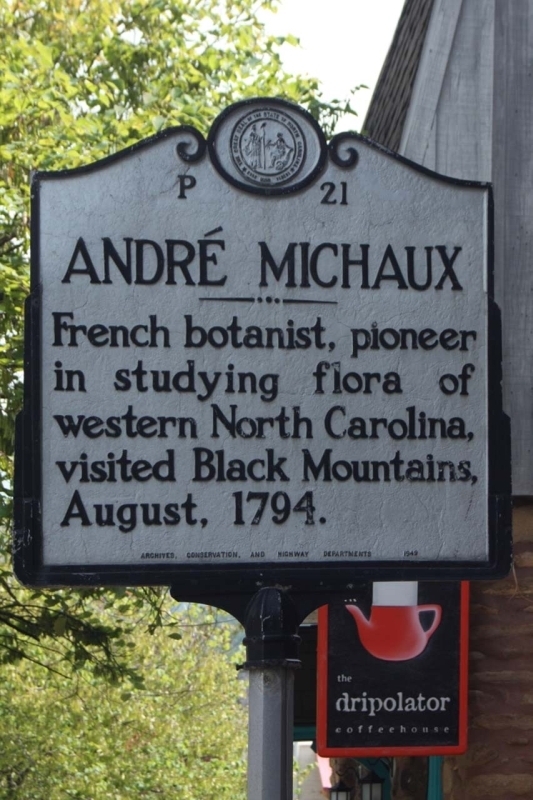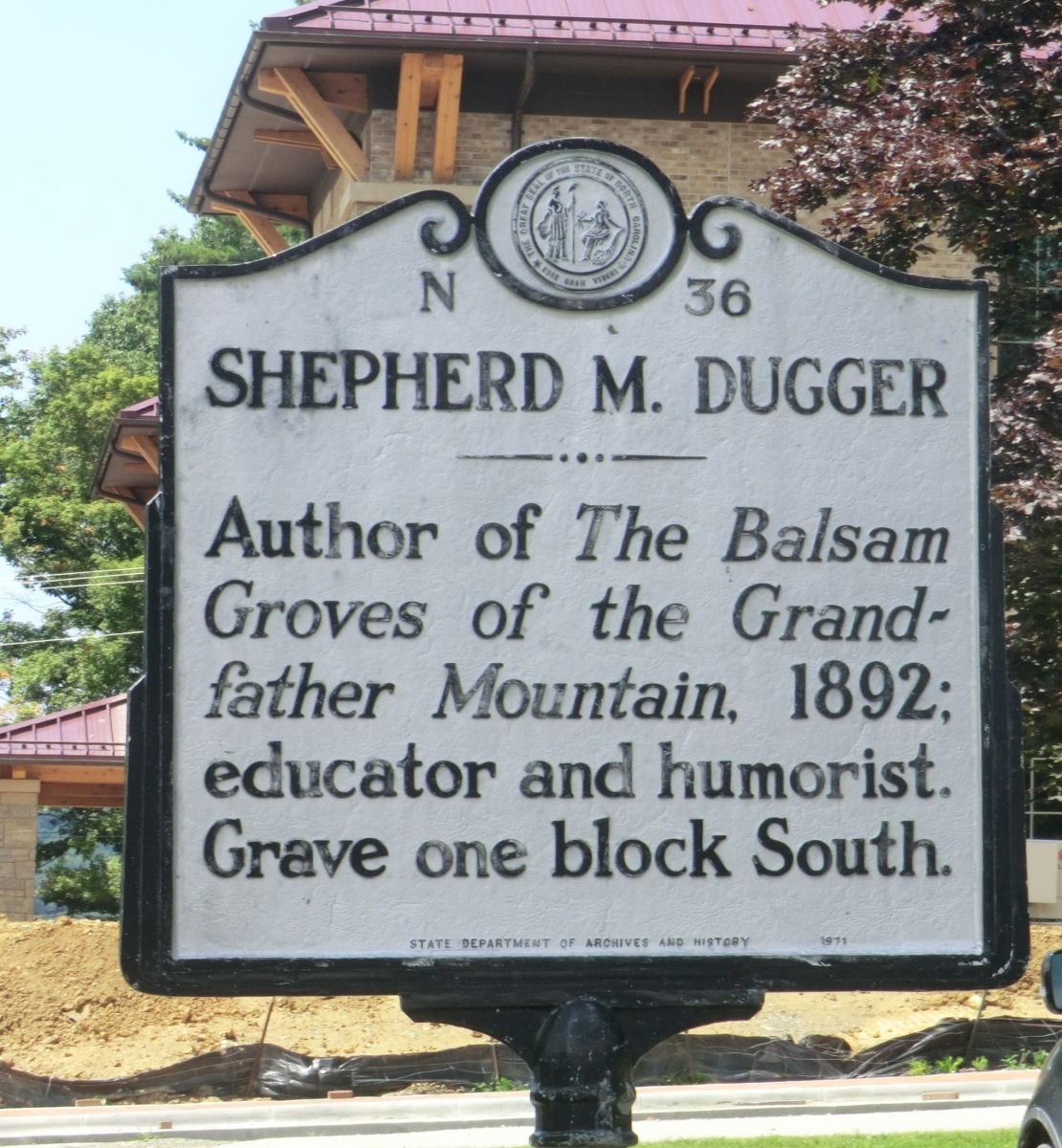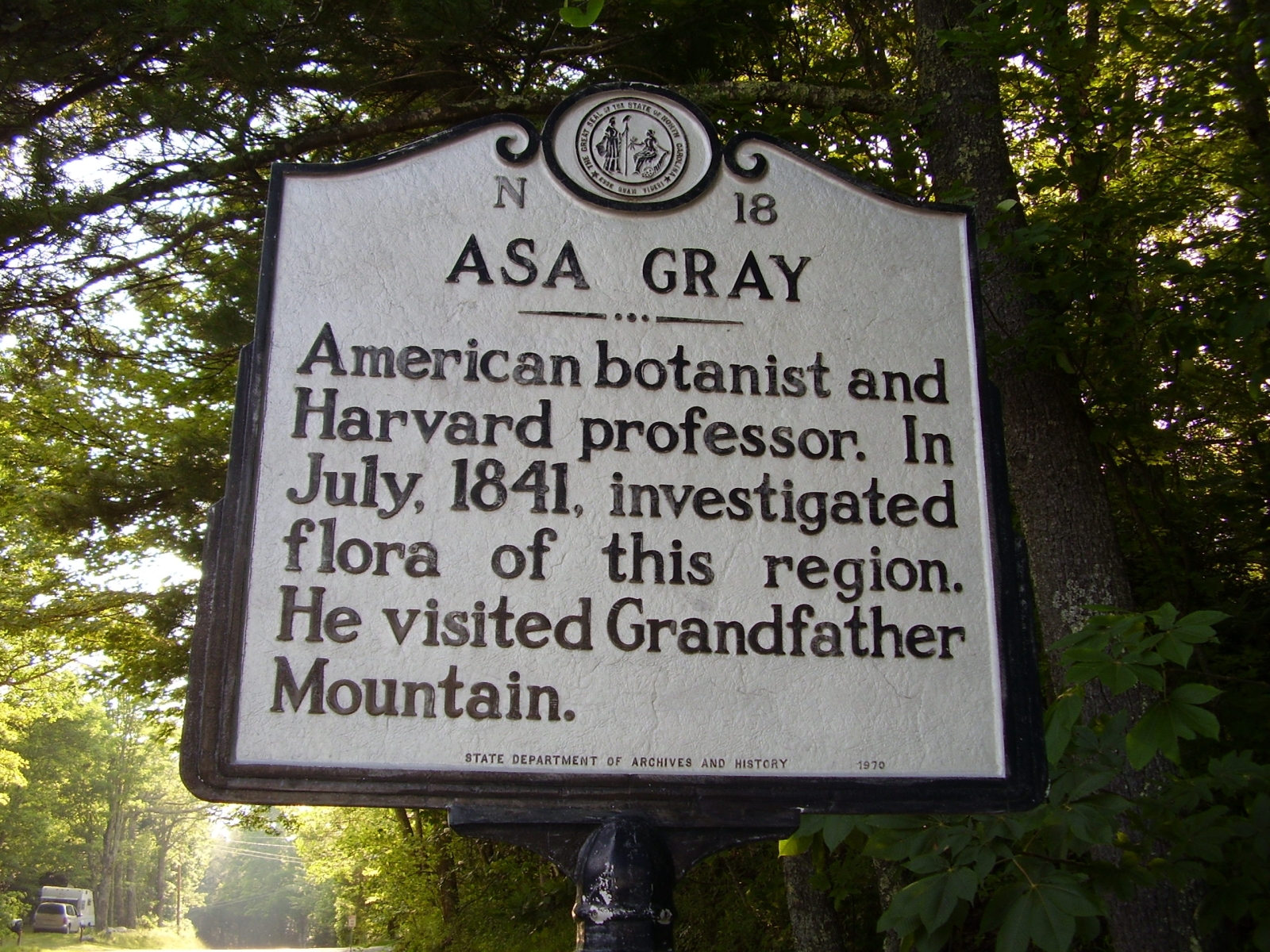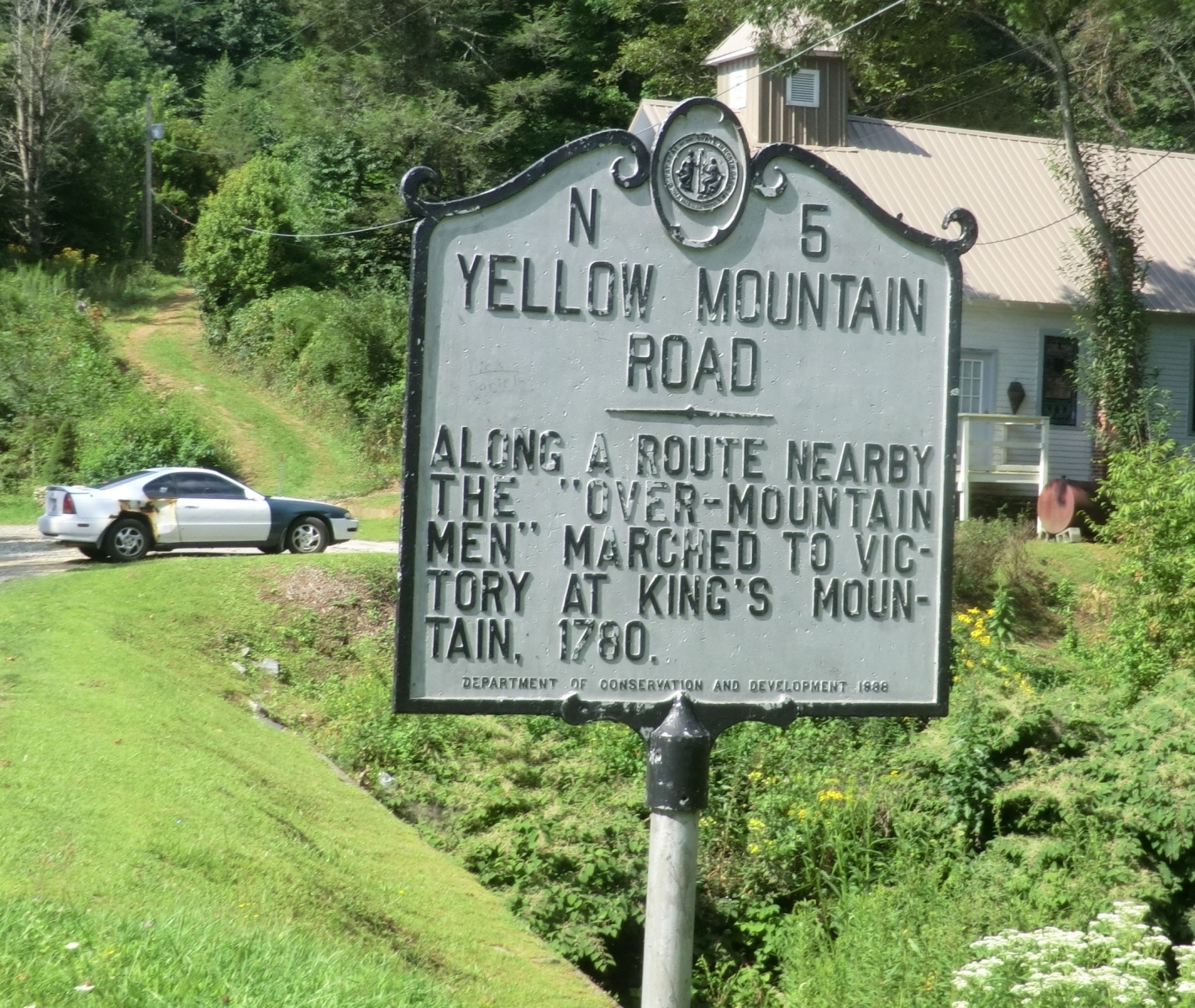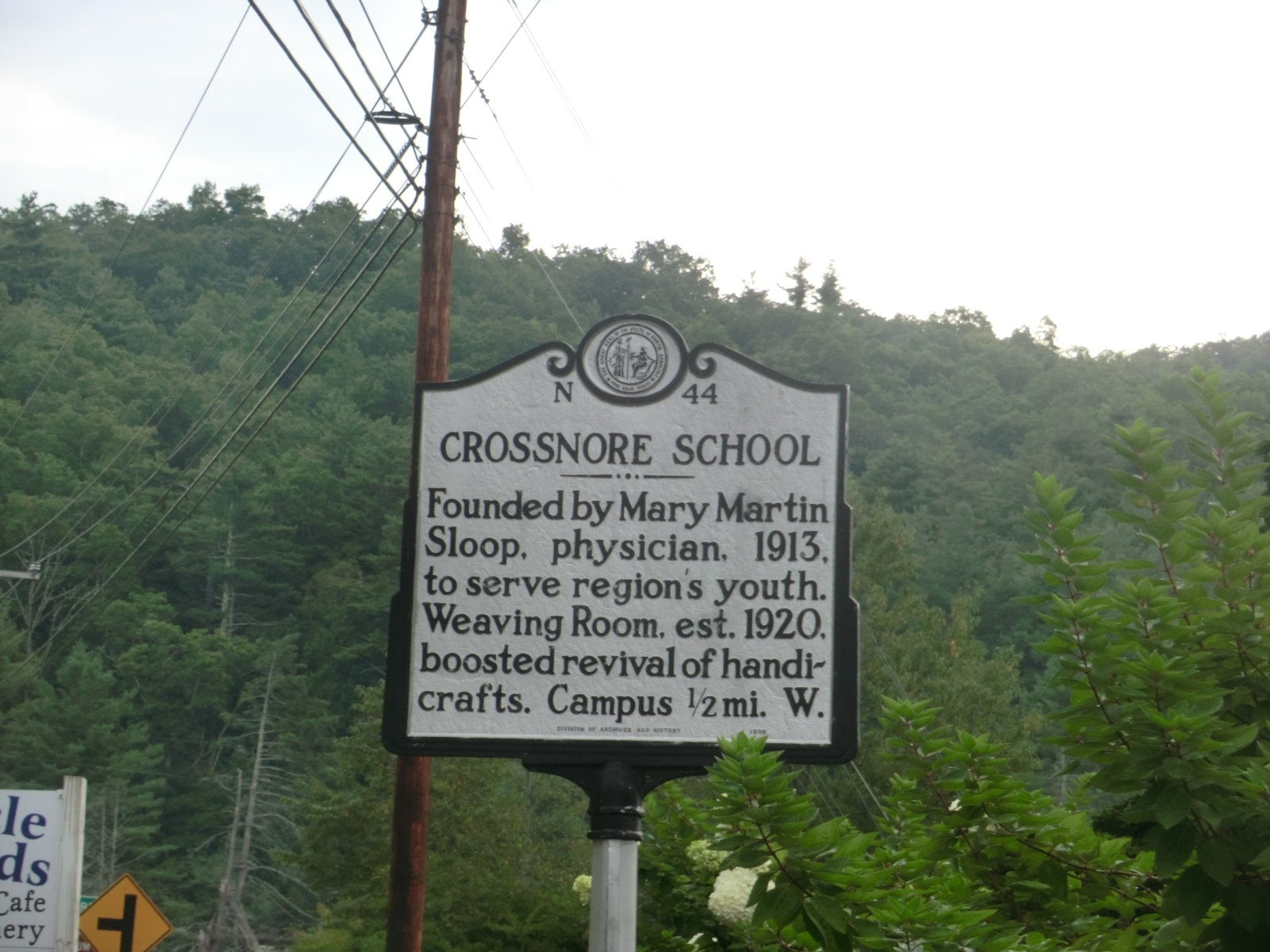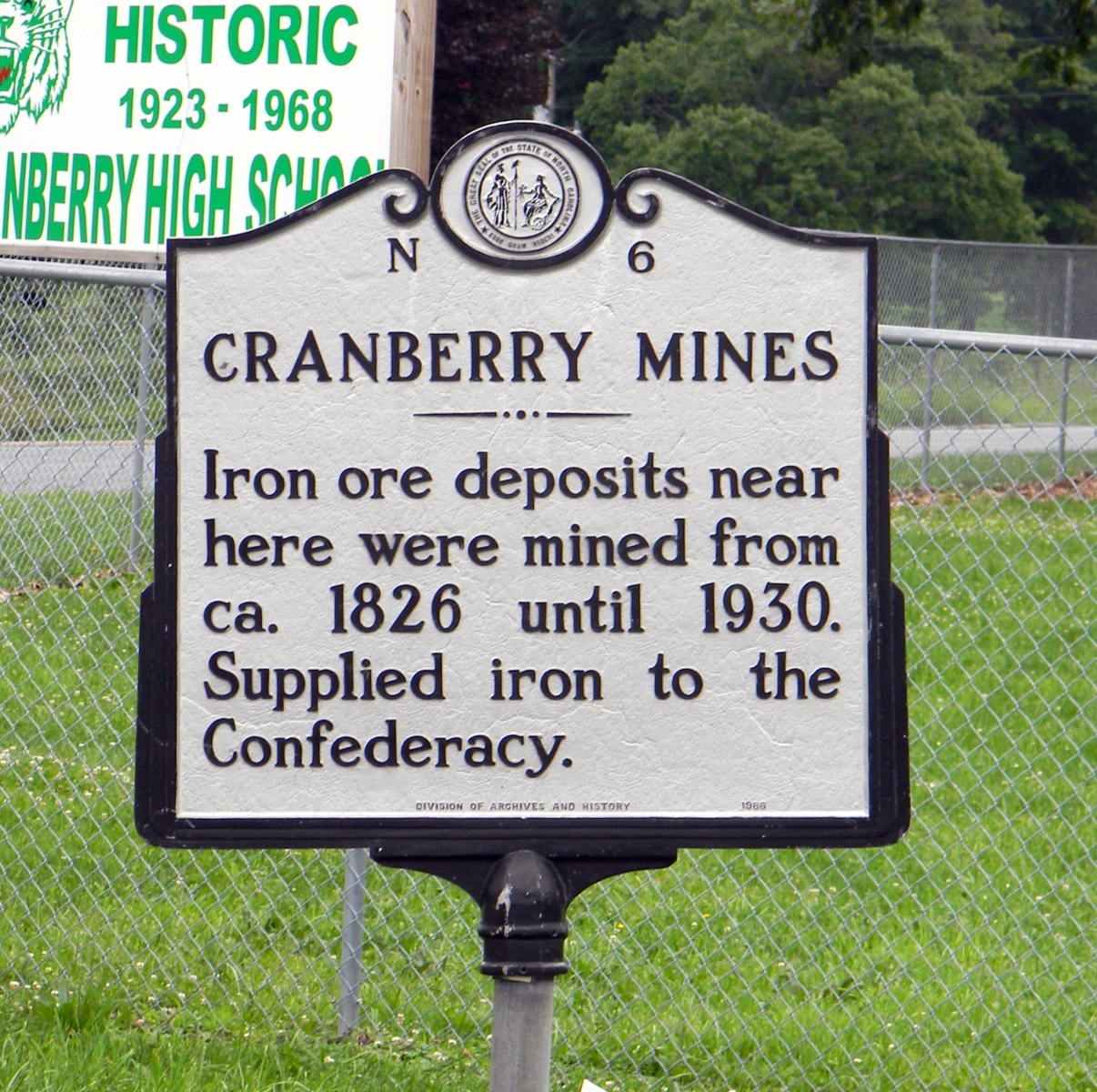Avery County Historical Markers
History
Since 1935 the North Carolina Highway Historical Marker program has operated jointly with the Department of Transportation to share concise accounts of North Carolina’s history. North Carolina has one of the oldest such programs in continuous operation in the United States.
Currently, the system features over 1,600 markers statewide—in silver and black, with brief sentences in large font, emblazoned with the state seal—covering a broad swath of topics. In every county, these labels on the landscape point to places associated with people or events significant in our history.
NOTE: Of the 1,600 historical markers in North Carolina seven are located in Avery County.
The markers are designed to spark interest, to encourage a deeper exploration, and to tie an observer, however briefly, to the past. Unlike monuments, markers do not seek to glorify or celebrate people and events. Instead, they aim to highlight objective facts of our state’s past. Markers make note of all parts of North Carolina history— the good and the bad, the reprehensible along with the laudable, the tragic and the heroic, all in an effort to educate North Carolinians about our shared history.
About the Program
In 1935 the North Carolina General Assembly authorized the establishment of the North Carolina Highway Historical Marker Program (Public Laws, Chapter 197). From that time forward, the program has been administered as a cooperative venture among state agencies. It is presently the joint responsibility of the Historical Research Office, Division of Historical Resources, Department of Cultural Resources, and the Traffic Engineering Branch, Division of Highways, Department of Transportation.
Prior to 1935 the North Carolina Historical Commission, which had been established in 1903, and private organizations (such as the Daughters of the American Revolution) sponsored a small number of historical markers and plaques. The state program, modeled after one begun in Virginia in 1926, was an effort to standardize the practice of marking sites of statewide historical significance. The silver and black markers have become a familiar part of the state’s landscape since the first one was put in place in Granville County on January 10, 1936. Over 1,500 state highway historical markers have been erected. At least one stands in all 100 North Carolina counties.
For young people, the markers may spark a curiosity that leads to further study of and appreciation for the historical development of the region. For visitors, the signs may be their only exposure to the history of the Tar Heel State. For residents, the presence of a state marker in their community can be a source of pride, a signal that an event of historical significance took place close to home. The Department of Cultural Resources and the Department of Transportation remain committed to the program as it moves toward its centennial.
Maintenance
Many of the state highway historical markers have now been in service for sixty years or longer. The marker materials and design were selected in part for their permanence and the fact that they wear well under all weather conditions. Still, regular maintenance, such as painting, straightening, or post replacement, is required from time to time. The Department of Transportation conducts such maintenance as necessary.
Each year a few signs are destroyed by vandals or in traffic accidents. Individuals can assist by reporting missing signs or maintenance needs to the Research Branch of the Office of Archives and History.
Avery County Markers
| ID | Title | Nearest Town | Location | Date Cast | Details |
|---|---|---|---|---|---|
| N-5 | Yellow Mountain Road | Frank | Map | 1938 | Read More |
| N-6 | Cranberry Mines | Elk Park | Map | 1939 | Read More |
| N-18 | Asa Gray | Linville | Map | 1949 | Read More |
| N-22 | Andre Michaux | Linville | Map | 1949 | Read More |
| N-36 | Shepherd M. Dugger | Banner Elk | Map | 1971 | Read More |
| N-43 | Lees-McRae College | Banner Elk | Map | 1993 | Read More |
| N-44 | Crossnore School | Crossnore | Map | 1997 | Read More |


